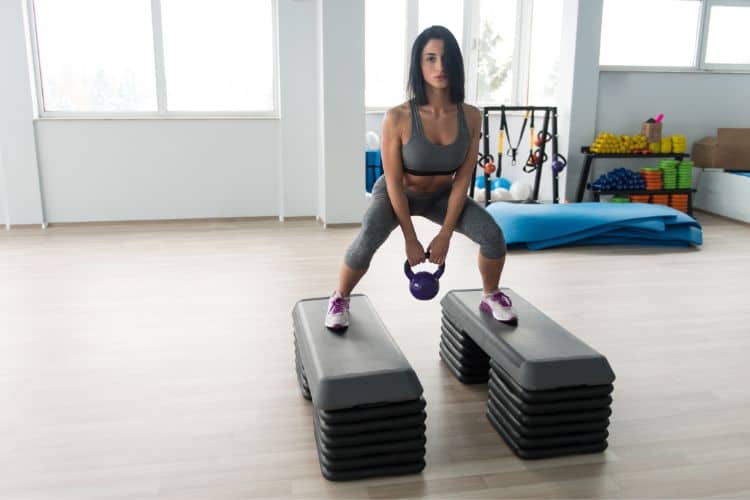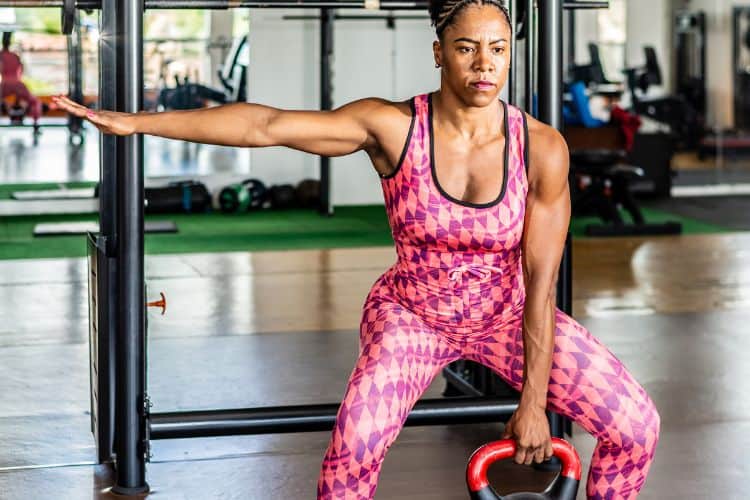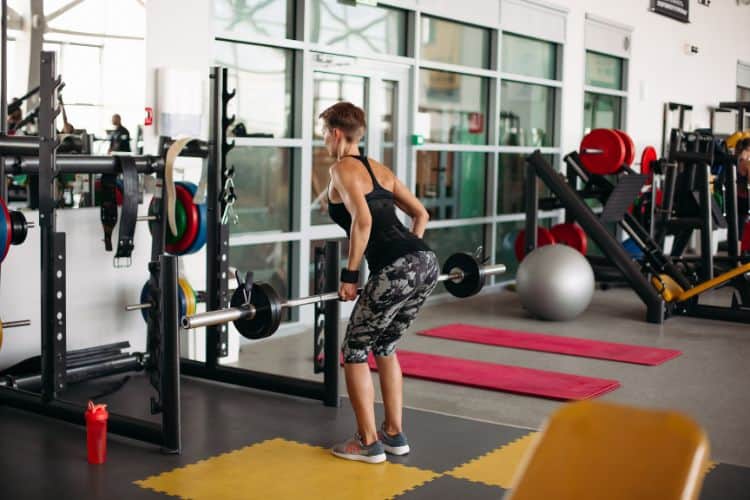Sign up for workout ideas, training advice, reviews of the latest gear and more.






Cardio training isn’t just about slimming down or training for marathons. It’s a powerful tool that women can use to boost overall health, enhance mental well-being, and unlock a new world of physical potential. Whether you’re a newbie or a seasoned athlete, understanding the benefits and techniques of cardio training can change the way you approach your fitness journey.
The heart is a vital organ, responsible for pumping life-giving oxygen and nutrients to every part of the body. Over time, like any other muscle, it needs exercise to remain strong and efficient. Women, in particular, need to be aware of their cardiovascular health. According to the American Heart Association, heart disease remains the leading cause of death among women, with nearly one in every four female deaths attributed to it.
Heart Health: Cardio training strengthens the heart, making it more efficient at pumping blood. This can reduce the risk of cardiovascular diseases and improve overall heart health.
Mental Well-being: Exercise releases endorphins, which act as natural painkillers and mood elevators. Cardio can act as a stress-buster and even combat symptoms of anxiety and depression.
Weight Management: Regular cardiovascular workouts increase metabolism, helping burn more calories and assist in weight management or weight loss.
Bone Health: Especially for post-menopausal women, weight-bearing cardio exercises like walking or running can slow bone density loss and reduce the risk of osteoporosis.
Improved Lung Capacity: Cardio training makes your respiratory system more efficient, increasing lung capacity and stamina.
Walking or Running: Whether it’s a brisk walk in the park or a morning run, this is one of the most natural forms of cardio. It’s also adaptable, fitting seamlessly into daily routines.
Swimming: A full-body workout that’s easy on the joints, swimming is great for those looking for low-impact options.
Cycling: Whether stationary or outdoor, cycling is an effective way to get the heart rate up and build leg strength.
Jump Rope: A fun, portable, and inexpensive way to get a quick cardio workout.
Dance: Whether it’s Zumba, aerobics, or just dancing around the living room, dance is a joyful way to boost cardiovascular health.
Rowing: Offers a full-body cardio workout, targeting both the upper and lower body while engaging the core.
Consistency is Key: Establish a regular cardio routine. Even if it’s just 10 minutes a day to start, building a habit is essential.
Mix it Up: Avoid the monotony by mixing different types of cardio exercises. This also ensures that multiple muscle groups are engaged.
Listen to Your Body: If you experience pain (not to be confused with the typical discomfort of a workout), stop and consult a professional.
Stay Hydrated: Drink water before, during, and after your workout. Dehydration can lead to fatigue and muscle cramps.
Warm-up and Cool Down: Start with a light warm-up to get the blood flowing and end with a cool-down session to reduce muscle soreness.
Wear Proper Gear: Investing in a good pair of shoes and comfortable workout attire can prevent injuries and make workouts more enjoyable.
To make the most of your cardio workouts, it’s essential to understand different intensity levels and how they benefit you:
Low-Intensity Cardio: Activities like walking or slow cycling fall under this category. They are perfect for beginners or those recovering from an injury. This intensity allows for longer exercise sessions, building endurance and burning fat over extended periods.
Moderate-Intensity Cardio: This is a level where you might be slightly out of breath but can still maintain a conversation. Think of a brisk walk or a light jog. Moderate-intensity workouts improve aerobic fitness and burn more calories than low-intensity workouts.
High-Intensity Cardio: Here’s where we talk about High-Intensity Interval Training (HIIT) or a fast-paced run. These sessions are shorter but burn calories at a rapid rate, even hours after the workout has ended. They’re efficient and effective but require a good fitness base to begin with.
It’s no secret that women’s bodies are different from men’s, especially when we consider the hormonal aspect. Hormones like estrogen can influence how women store and burn fat. During the menstrual cycle, hormone levels fluctuate, which can impact energy levels, mood, and even pain threshold:
Menstrual Phase (Days 1-5): Energy levels might be low at the start but generally increase as this phase progresses. Light to moderate cardio can be beneficial during this time.
Follicular Phase (Days 6-14): As estrogen levels rise, so do energy levels. It’s an ideal time for high-intensity workouts or trying something new.
Luteal Phase (Days 15-28): Progesterone levels increase, potentially causing a drop in energy and mood. Listen to your body and adjust the workout intensity accordingly.
Understanding these fluctuations can help women tailor their cardio routines to work in harmony with their bodies, maximizing results and ensuring well-being.
Cardio training can be beneficial during pregnancy, but it’s essential to consult with a healthcare professional beforehand. Activities like walking, swimming, or low-impact aerobics can be ideal as they provide cardiovascular benefits without putting too much strain on the joints. It can also aid in reducing pregnancy-related complications like gestational diabetes and might lead to quicker postpartum recovery.
As women age, their relationship with cardio should evolve:
20s and 30s: This is often when women are at their peak in terms of metabolism and cardiovascular capacity. It’s an excellent time to incorporate HIIT sessions and challenge oneself with longer, more strenuous workouts.
40s: Metabolism starts to slow down, and muscle mass decreases. Incorporating strength training alongside cardio can help combat these changes. It’s also a crucial time to focus on bone health, so weight-bearing exercises like running or brisk walking are beneficial.
50s and Beyond: Cardio remains crucial, but the focus might shift to lower-impact activities to protect the joints. Swimming, cycling, and walking can be mainstays of a cardio routine during these years.
While cardio is essential for heart health and fat burning, strength training is crucial for maintaining muscle mass, improving bone density, and boosting metabolism. For a well-rounded fitness routine, women should consider incorporating both. This doesn’t mean lifting heavy weights; resistance bands, bodyweight exercises, and even yoga can contribute to building strength.
Cardio training for women is a multifaceted journey. It’s about understanding the unique nuances of a woman’s body and adjusting the approach based on age, hormonal changes, and individual goals. By embracing cardio as a lifelong partner, women can navigate the various phases of life with strength, resilience, and heart-healthy vigor. Remember, it’s not about being the fastest or the strongest; it’s about being the best version of oneself. Whether you’re taking your first step or your thousandth, every beat of your heart is a testament to your power and potential. Embrace the rhythm and keep moving forward.
Stay up to date on the latest women’s health, fitness and lifestyle trends and tips.